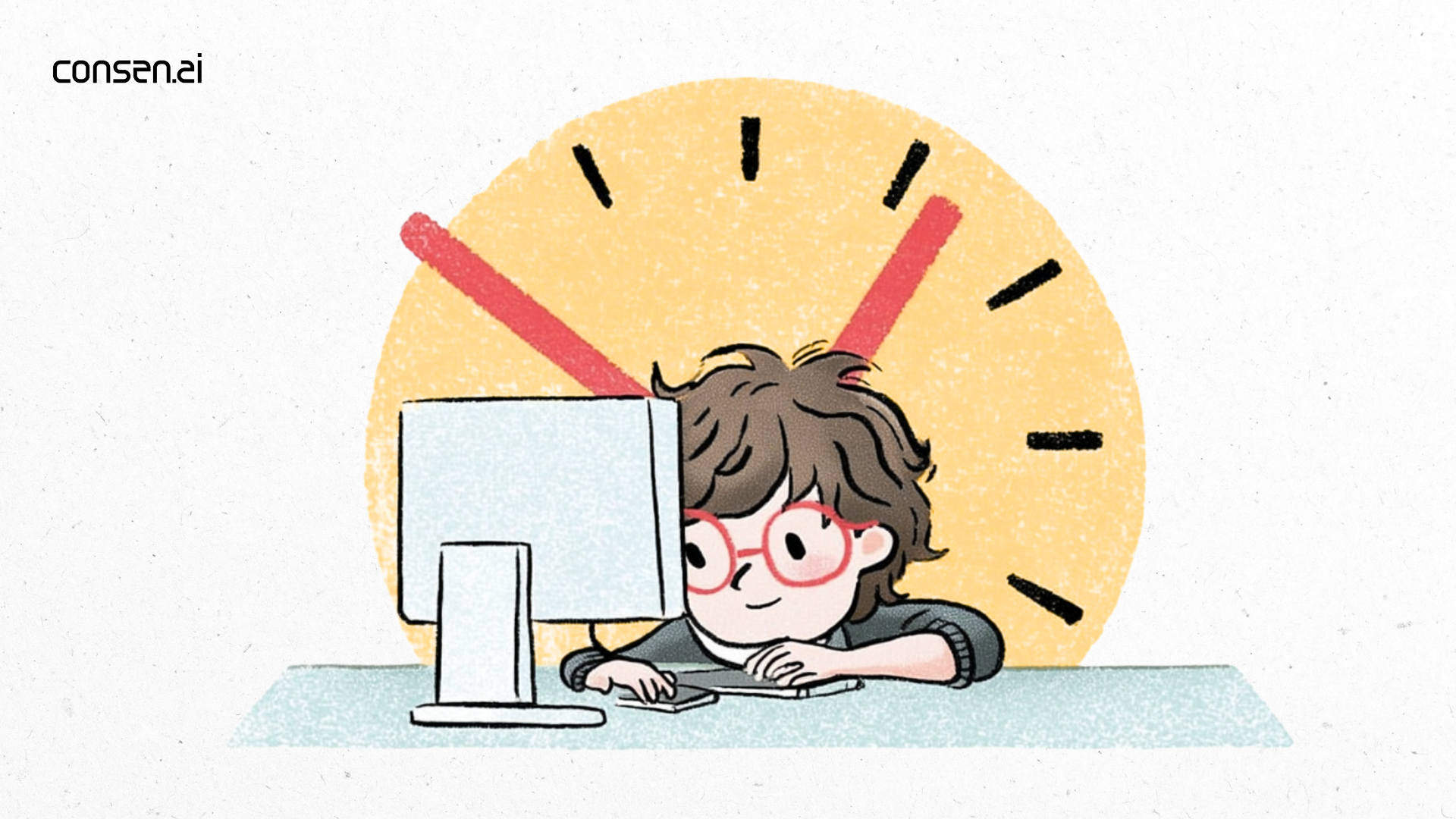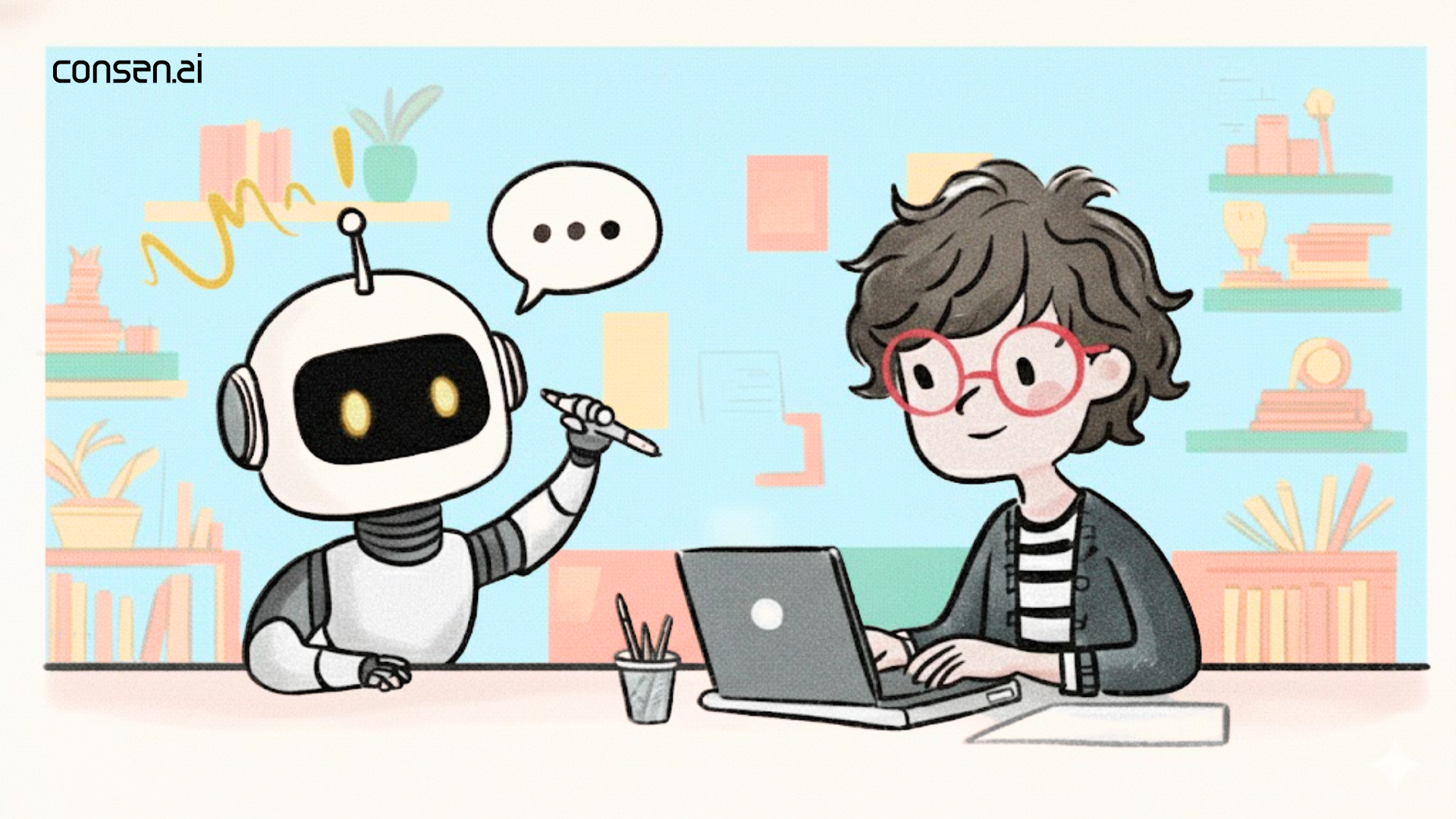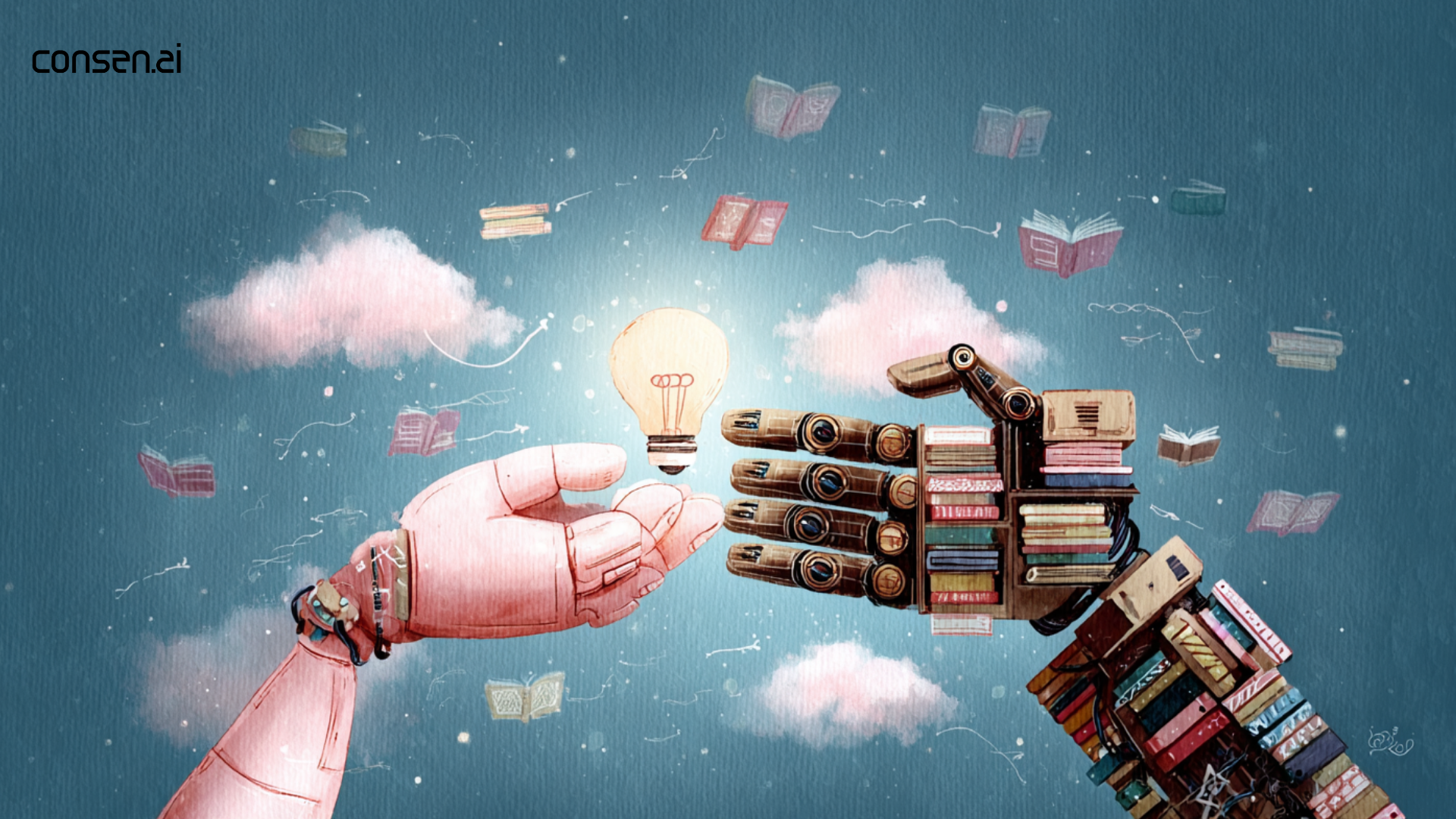Key Takeaways
- Translators often face significant challenges in maintaining document formatting, which is crucial for preserving the original document's intent and clarity.
- Ensuring consistency across large translation projects is difficult yet essential, often requiring the use of glossaries and translation memory tools.
- The pressure of tight deadlines can lead to translator burnout, emphasizing the need for effective time management and stress reduction strategies.
- Successful translations require cultural and language adaptation, which involves understanding and integrating cultural nuances to avoid misinterpretations.
- Quality control measures, such as peer reviews and client feedback, are vital to delivering high-quality translations that meet client expectations.
Understanding the Complex World of Translation
The translation industry is like a bustling city that never sleeps. With globalization on the rise, the demand for skilled translators is skyrocketing. Imagine trying to communicate effectively in a world with over 7,000 languages—it's no small feat! Translators are the unsung heroes who bridge the gap, allowing us to share ideas and cultures across borders.
However, the journey of a translator is often fraught with challenges that go beyond the simple conversion of words from one language to another. This blog post aims to delve into the specific hurdles translators navigate daily. From maintaining document formatting to ensuring translation consistency, and from battling tight deadlines to adapting culturally nuanced content, the challenges are as diverse as they are demanding.
By shedding light on these challenges, we hope to not only appreciate the complexity of their work but also to explore potential solutions and strategies that can help translators thrive in their roles. So, buckle up as we embark on a journey through the intricate world of translation, exploring the nuances and hurdles that make this profession so uniquely challenging and rewarding.
Navigating Document Formatting Dilemmas
If you've ever translated a document, you know the pain of trying to keep the formatting intact. It's like juggling while riding a unicycle—challenging but essential for maintaining the document's readability and professionalism.
Formatting isn't just about aesthetics; it's about making sure the document serves its purpose effectively. A well-formatted document ensures that the information is easy to navigate, which is crucial for readers who might be skimming for key points. Imagine reading a report where the headings suddenly disappear or the bullet points merge into paragraphs—confusing, right?
Translators often face issues such as loss of formatting during the conversion from one language to another. Elements like tables, bullet points, and even font styles can get misaligned or lost entirely. This isn't just frustrating—it's time-consuming to fix.
Thankfully, there are tools designed to help. Software like SDL Trados and MemoQ offer features that maintain formatting integrity, reducing the headache for translators. These tools often include functionalities to lock formatting elements, ensuring they stay put during translation.
Another strategy is to use a translation memory system, which stores previously translated segments. This not only helps in maintaining consistency across documents but also preserves any formatting associated with those segments. This way, when you translate similar content in the future, the formatting comes along for the ride.
In the end, overcoming these formatting dilemmas requires a blend of the right tools and a meticulous eye for detail. By keeping these challenges in mind and preparing with the appropriate resources, translators can focus on what they do best—translating, without the formatting fuss.
Ensuring Consistency Across Translations
Imagine trying to piece together a puzzle with each piece coming from a different set. That's what inconsistent translation can feel like in large projects. Maintaining uniformity across translations is crucial, not just for readability, but for preserving the message's integrity and ensuring client satisfaction.
One of the most effective tools in a translator's toolkit is a glossary. Think of it as a translator's dictionary tailored specifically for a project. It ensures that the same terms are consistently used throughout the document. This is particularly important in technical fields where specific terminology must remain consistent to avoid confusion.
Another game-changer in translation consistency is the use of translation memory systems. These systems store previously translated content, allowing translators to reuse phrases and sentences. It’s like having a memory bank that ensures nothing gets lost in translation—literally!
The importance of consistency cannot be overstated, especially when it comes to quality control. Clients expect a certain standard, and uniform translations play a vital role in meeting those expectations. When done right, it’s not just about words matching; it’s about maintaining the voice and tone across different pieces, ensuring a seamless experience for the reader.
So next time you dive into a translation project, remember that tools like glossaries and translation memory systems are your best friends. They help ensure your work is not just a collection of words, but a cohesive narrative that resonates with the audience.
Interested in exploring how cultural adaptation also plays a crucial role in translations? Check out our insights on cultural and language adaptation challenges.
Handling Tight Deadlines Without Burnout
Imagine this: you've just received a massive translation project with a deadline looming over your head like a storm cloud. It's a familiar scenario for many translators, one that can quickly lead to stress and burnout if not managed properly. The pressure of tight deadlines isn't just about working faster—it's about maintaining quality while keeping your sanity intact.
The translation industry is no stranger to stories of burnout. Consider the case of a seasoned translator who took on back-to-back projects without a break, only to find themselves overwhelmed and exhausted. It's a stark reminder that managing stress is crucial not just for personal well-being but also for professional longevity.
So, how can translators handle these deadlines without succumbing to burnout? Here are a few strategies that might help:
- Prioritize tasks: Break down your project into smaller, manageable tasks and prioritize them based on urgency and complexity.
- Set realistic goals: Understand your limits and set achievable daily targets to avoid overloading yourself.
- Take regular breaks: Short, frequent breaks can help you recharge and maintain focus throughout the day.
- Use technology: Tools like translation memory and glossaries can not only speed up your work but also ensure consistency.
- Practice self-care: Ensure you're getting enough rest, eating well, and engaging in activities that relax and rejuvenate you.
While deadlines are an inevitable part of the translation industry, how you manage them can make all the difference. By implementing these strategies, you can maintain both productivity and peace of mind.
Mastering Cultural and Language Adaptation
Navigating the complex waters of cultural and language adaptation is like an art form in the world of translation. It's not just about swapping words from one language to another; it's about capturing the essence and the nuances that make each culture unique. Imagine translating a joke. If you're not careful, it could fall flat, or worse, offend someone. This is where cultural adaptation becomes crucial.
Take, for instance, the famous example of the Chevrolet Nova car. When marketed in Spanish-speaking countries, the name "Nova" was problematic because it sounded like "no va," which means "doesn't go" in Spanish. This sort of blunder highlights the importance of understanding cultural nuances.
Localization is key here. It means tailoring your translation to fit the cultural context of the target audience. This involves more than just language—it's about understanding customs, traditions, and even humor. By using localization strategies, translators can avoid embarrassing misinterpretations and ensure that the message resonates well with the audience.
One effective strategy is to collaborate with native speakers who have a deep understanding of the cultural context. They can provide insights that are invaluable in ensuring that translations are not only accurate but also culturally sensitive. Additionally, tools that offer cultural context suggestions can also be incredibly helpful in this process.
Ultimately, mastering cultural and language adaptation is about empathy and understanding. It's about putting yourself in the shoes of the audience and seeing the world from their perspective. This ensures that the translation is not just a literal conversion of words but a bridge that connects different cultures.
Maintaining High Standards of Quality in Translations
Ensuring high-quality translations is like crafting a fine piece of art; it requires attention to detail, consistency, and a touch of creativity. But how do translators maintain these high standards amidst tight deadlines and varying client expectations? Let's explore some of the methods professionals use to ensure their work is top-notch.
One of the most effective ways to maintain quality is through peer reviews. Having another set of eyes look over a translation can catch errors and offer fresh perspectives. It's not just about finding mistakes, but also about enhancing the overall fluency and readability of the text. It's like having a trusted friend review your work before you submit it.
Another vital tool in the translator's arsenal is translation software. Advanced tools like CAT (Computer-Assisted Translation) software can significantly improve consistency and efficiency. These tools often include features like translation memory and glossaries, which help maintain uniformity across various projects and ensure that specific terminologies are consistently applied.
Feedback loops with clients are equally important. Engaging with clients and gathering their input not only helps improve current projects but also builds a foundation of trust. Regular feedback allows translators to align closely with client expectations and make necessary adjustments to their work.
Quality control is not a one-time task but an ongoing process. It's about continuously refining techniques and staying updated with industry trends and technologies. By embedding these practices into their workflow, translators can ensure their translations are not just accurate but resonate well with the target audience.
Conclusion
As we wrap up our exploration of the challenges within the translation industry, it's clear that each hurdle—from document formatting issues to the nuanced art of cultural adaptation—carries significant implications for both translators and their clients. Addressing these challenges head-on is not just beneficial; it's essential for ensuring high-quality translations and maintaining the integrity of communication across languages.
The pressures of tight deadlines and the risk of translator burnout highlight the need for better time management strategies and mental health support in the industry. Similarly, maintaining translation consistency using advanced tools like glossaries and translation memory systems can greatly enhance the quality of work produced. These are not just technical improvements—they're steps towards a more sustainable and efficient translation process.
Looking ahead, the future of translation is undoubtedly intertwined with technological advancements. Click here to explore how Innovations such as AI and machine learning are beginning to alleviate some of these challenges. AI and multimodal translation tools are particularly promising, as they continue to break down language barriers and enhance global communication.
For those interested in the evolution of translation tools and their impact on the industry, you might find our exploration of the journey from traditional dictionaries to AI-powered tools insightful. Discover how these innovations have shaped the translation industry and continue to influence its future trajectory.
Are you dealing with these translation challenges? Share your experiences below—understanding these problems is the first step to solving them.
Thankyou for reading!



